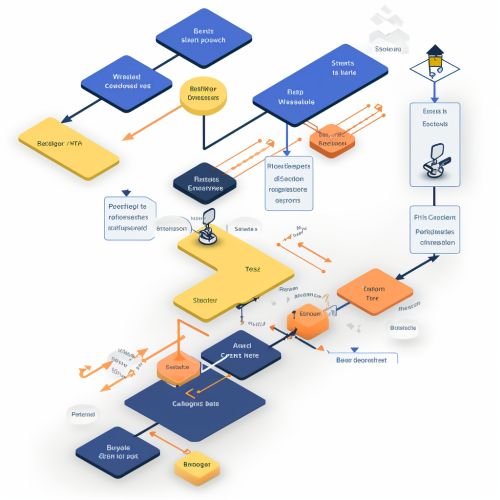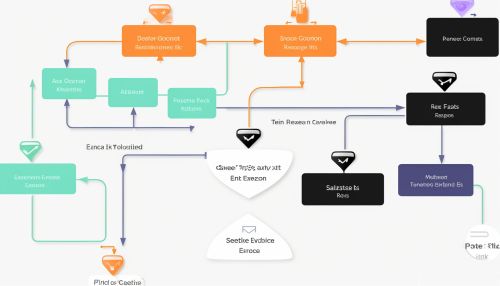Cost Estimation
Introduction
Cost estimation is a fundamental aspect of project management and a critical process in many industries. It involves predicting the costs associated with a particular project or activity. This process is crucial for budgeting, financial planning, decision making, and performance evaluation.


Types of Cost Estimation
There are several types of cost estimation techniques, each with its unique approach and level of accuracy. These include:
- Parametric estimating: This method uses statistical modeling to develop a cost estimate. It involves the use of historical data and other variables to calculate an estimate.
- Analogous estimating: Also known as top-down estimating, this technique uses the actual cost of previous, similar projects as a basis for estimating the cost of the current project.
- Bottom-up estimating': This method involves estimating the cost of individual activities or work packages, and then summing these estimates to get the total project cost.
- Three-point estimating: This technique uses three points to estimate a cost range. The three points are the most optimistic, most pessimistic, and most likely cost estimates.
- Expert judgment: This technique involves consulting with experts or those with relevant experience to determine the estimated costs.
Factors Influencing Cost Estimation
Several factors can influence the accuracy of a cost estimate. These include:
- Project scope: The size and complexity of the project can significantly influence the cost. Larger, more complex projects will generally be more expensive.
- Resource availability: The availability of necessary resources, including labor, materials, and equipment, can affect the cost. If resources are scarce or expensive, the cost estimate may increase.
- Market conditions: The current state of the market can influence the cost of resources and labor. For example, during periods of economic downturn, costs may be lower due to decreased demand.
- Project schedule: The timeline for project completion can impact the cost. Projects with tight deadlines may require more resources or overtime work, increasing the cost.
Cost Estimation Process
The cost estimation process typically involves the following steps:
1. Define the estimate's purpose: The first step is to understand why the estimate is needed and who will use it. This will help determine the level of detail required and the estimation technique to use.
2. Develop the estimating plan: This involves deciding on the estimation method, identifying the necessary resources, and developing a timeline for completing the estimate.
3. Estimate the base costs: This step involves estimating the cost of labor, materials, and equipment. This is typically done using one of the cost estimation techniques mentioned earlier.
4. Estimate the indirect costs: Indirect costs are those that are not directly tied to a specific activity but are necessary for the project. These can include overhead costs, administrative costs, and contingency costs.
5. Reconcile and validate the estimate: The final step is to review the estimate, check for errors, and validate the results. This may involve comparing the estimate to similar projects or consulting with experts.


Importance of Cost Estimation
Cost estimation is crucial for several reasons:
- Budgeting: Cost estimates are used to develop the project budget, which is a critical tool for managing costs throughout the project.
- Financial Planning: Accurate cost estimates are essential for financial planning, as they help organizations allocate resources effectively.
- Decision Making: Cost estimates can influence strategic decisions, such as whether to pursue a particular project.
- Performance Evaluation: By comparing actual costs with estimated costs, organizations can assess project performance and identify areas for improvement.
Challenges in Cost Estimation
Despite its importance, cost estimation can be challenging due to:
- Uncertainty: Many factors can influence project costs, and these factors can change over time. This uncertainty can make it difficult to produce accurate cost estimates.
- Complexity: Large, complex projects can be challenging to estimate due to the number of activities and resources involved.
- Lack of Historical Data: Without historical data from similar projects, it can be difficult to estimate costs accurately.
- Resource Fluctuations: Changes in the availability or cost of resources can impact project costs and make estimates less accurate.
Conclusion
Cost estimation is a critical process in project management. While it can be challenging due to factors such as uncertainty and complexity, various techniques and approaches can help produce more accurate estimates. By understanding the importance of cost estimation and the factors that influence it, organizations can better manage their projects and achieve their financial goals.
